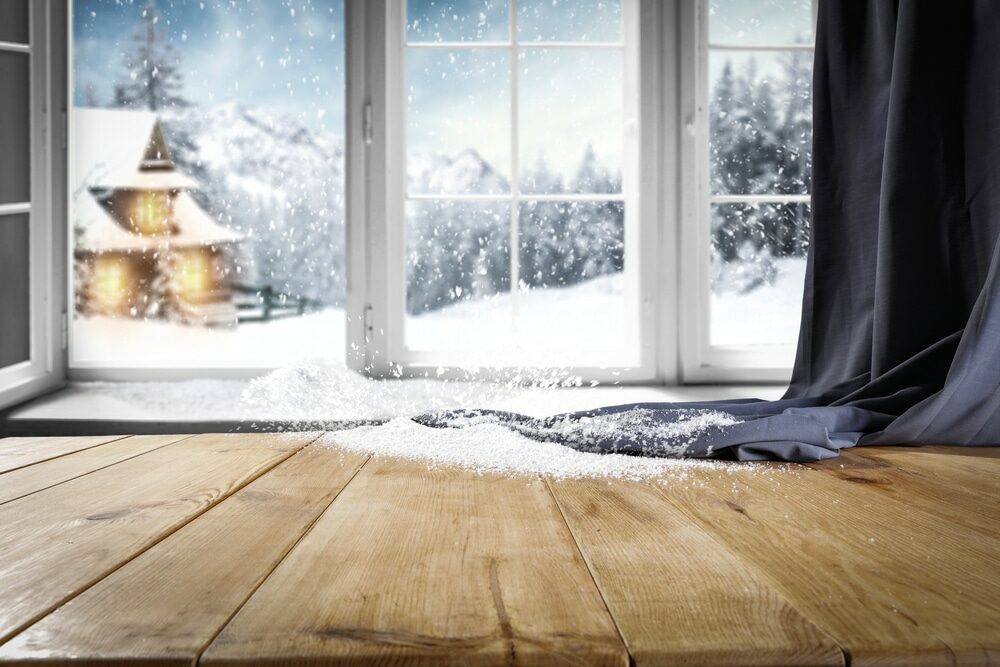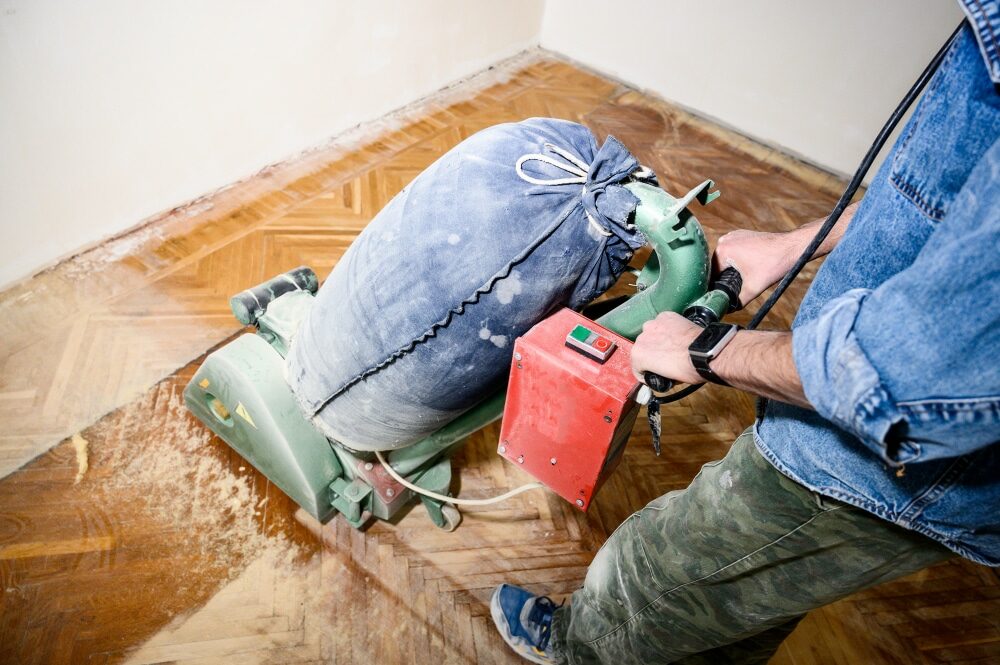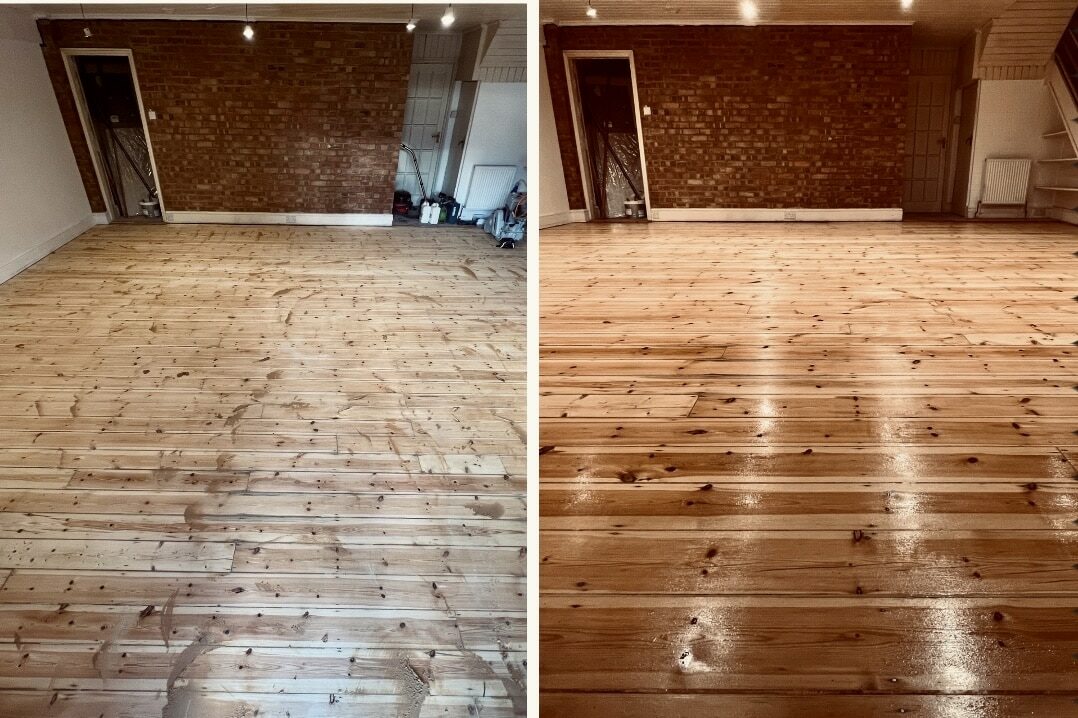London:
Nationwide:
Learn the Different Steps for Sanding Floorboards | The Best Guide
Posted on April 23, 2023
Blog
Master the Art of Sanding Wood Floorboards: A Comprehensive Step-by-Step Guide
Sanding wood floorboards is a vital step in the process of refinishing or restoring a wooden floor. This task can transform an old, dull-looking floor into a smooth, attractive surface. It is essential to know and understand the different steps involved in sanding wood floorboards to achieve professional results. This blog post will guide you through the process, explaining each step in detail to help you achieve a beautifully refinished wooden floor.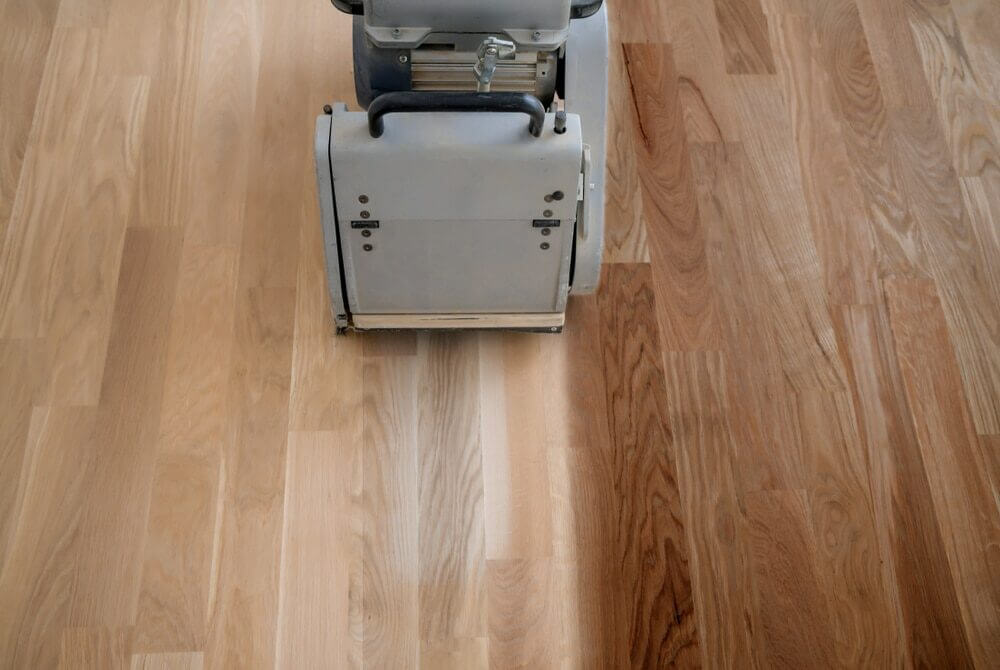
-
Assess the condition of the floor.
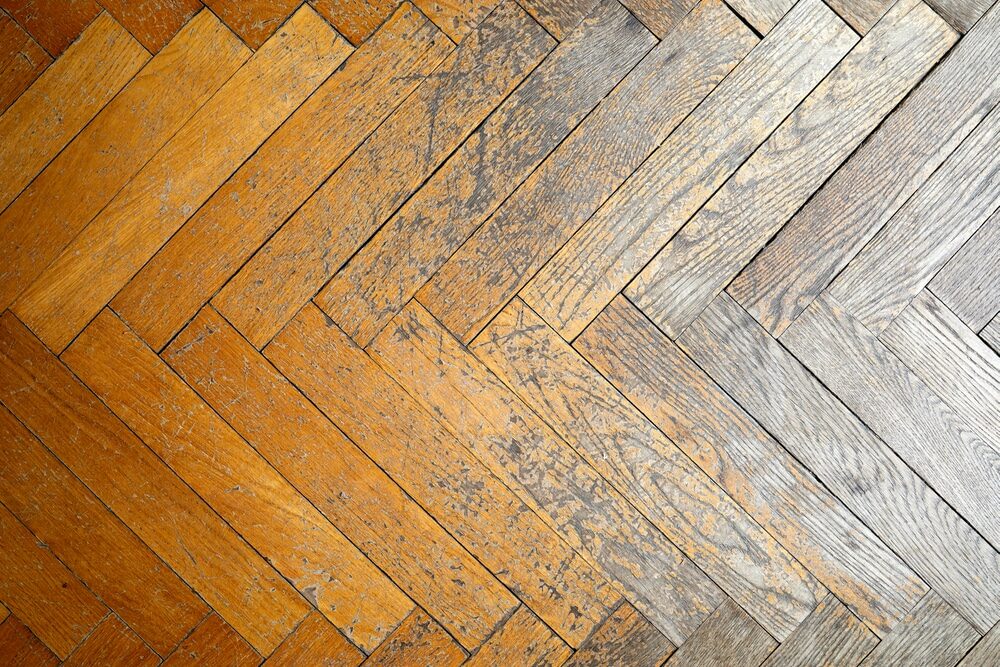
-
Gather the necessary tools and materials.
- Drum or orbital sander
- Edge sander
- Handheld sanding block
- Coarse, medium, and fine sandpaper (24, 60, 80, 100, and 120 grit)
- Wood filler
- Hammer and nail set
- Pry bar
- Vacuum cleaner or broom
- Safety goggles, ear protection, and a dust mask
-
Prepare the room.

-
Repair the floor
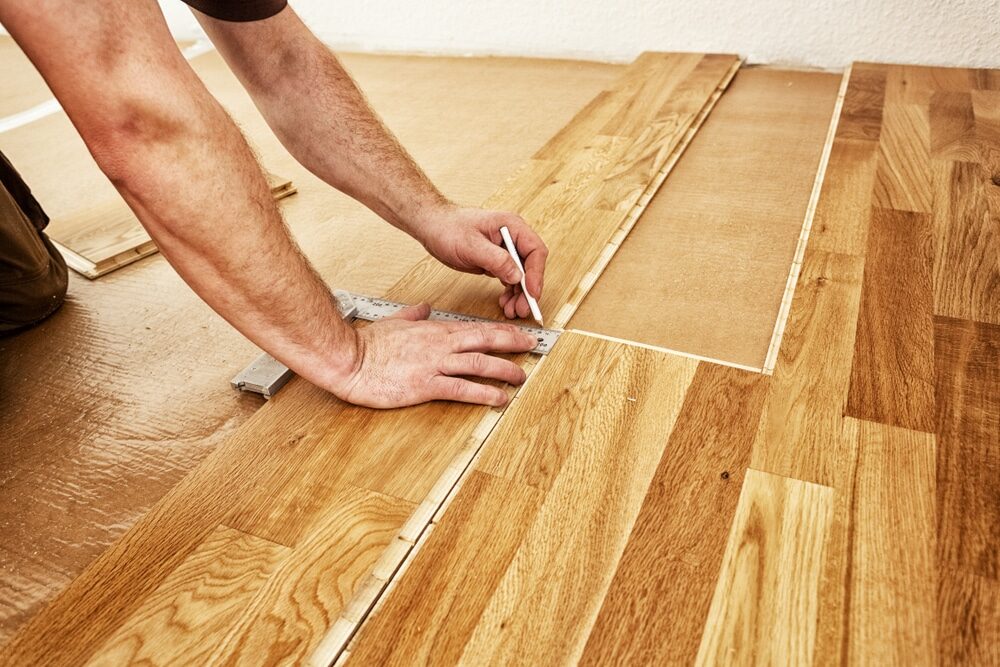
-
Begin Sanding
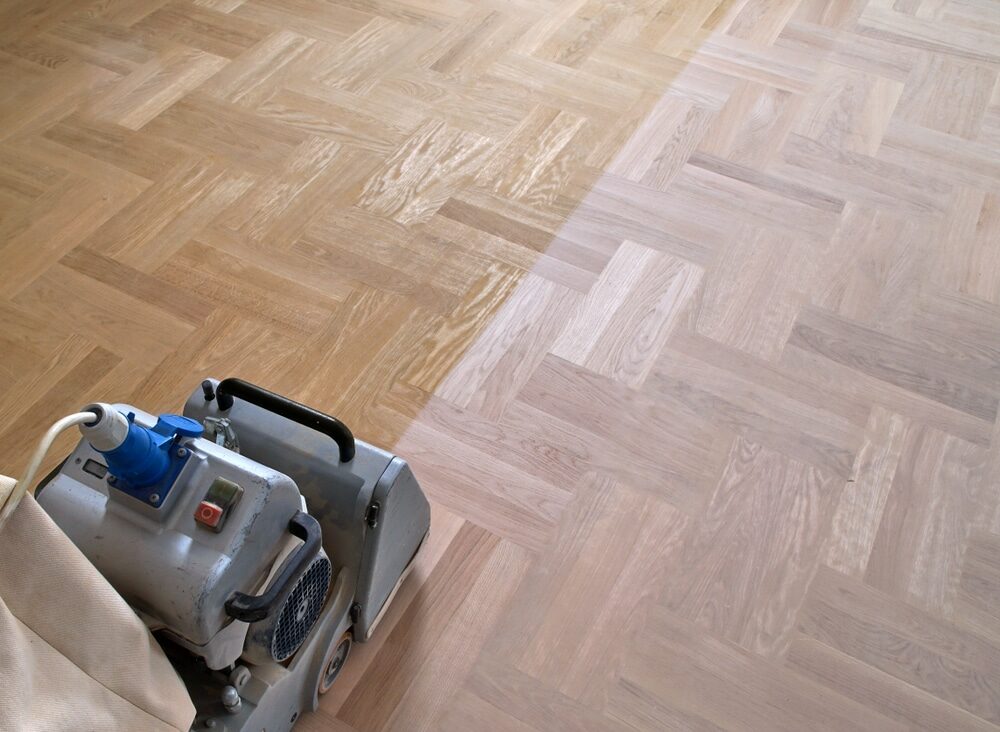
-
Edge Sanding
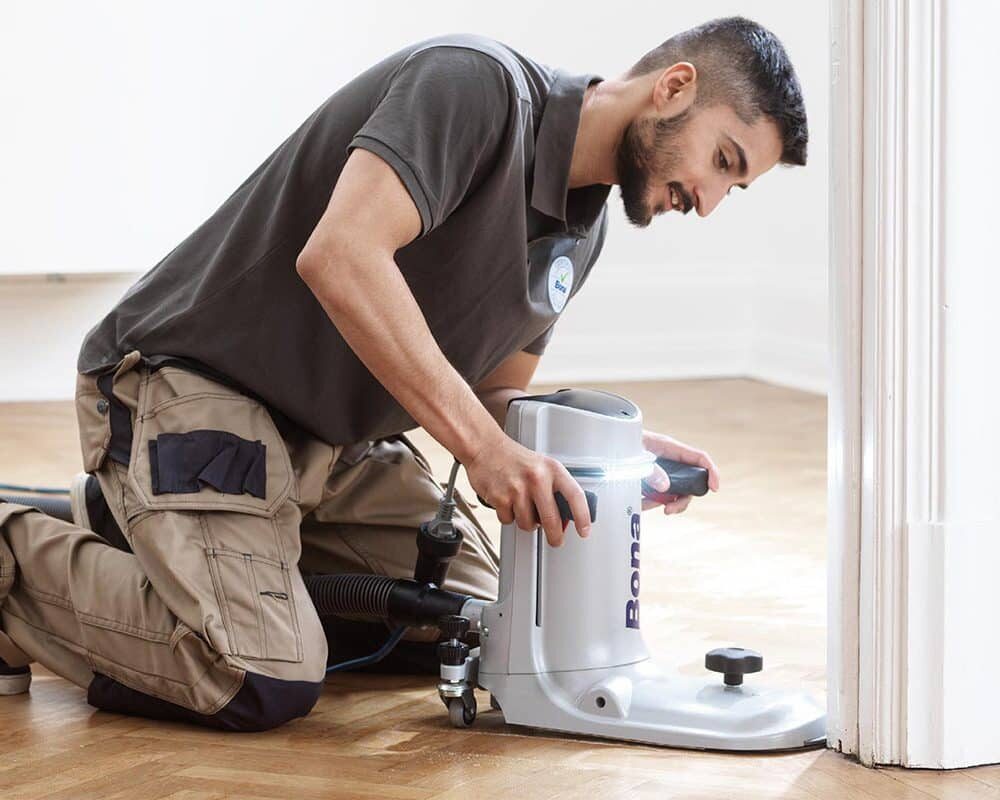
-
Repeat sanding with finer grits.
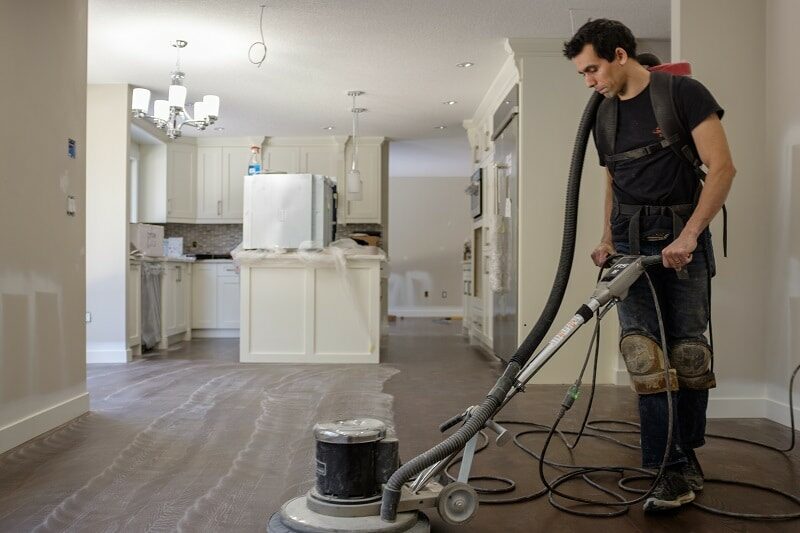
-
Hand Sanding
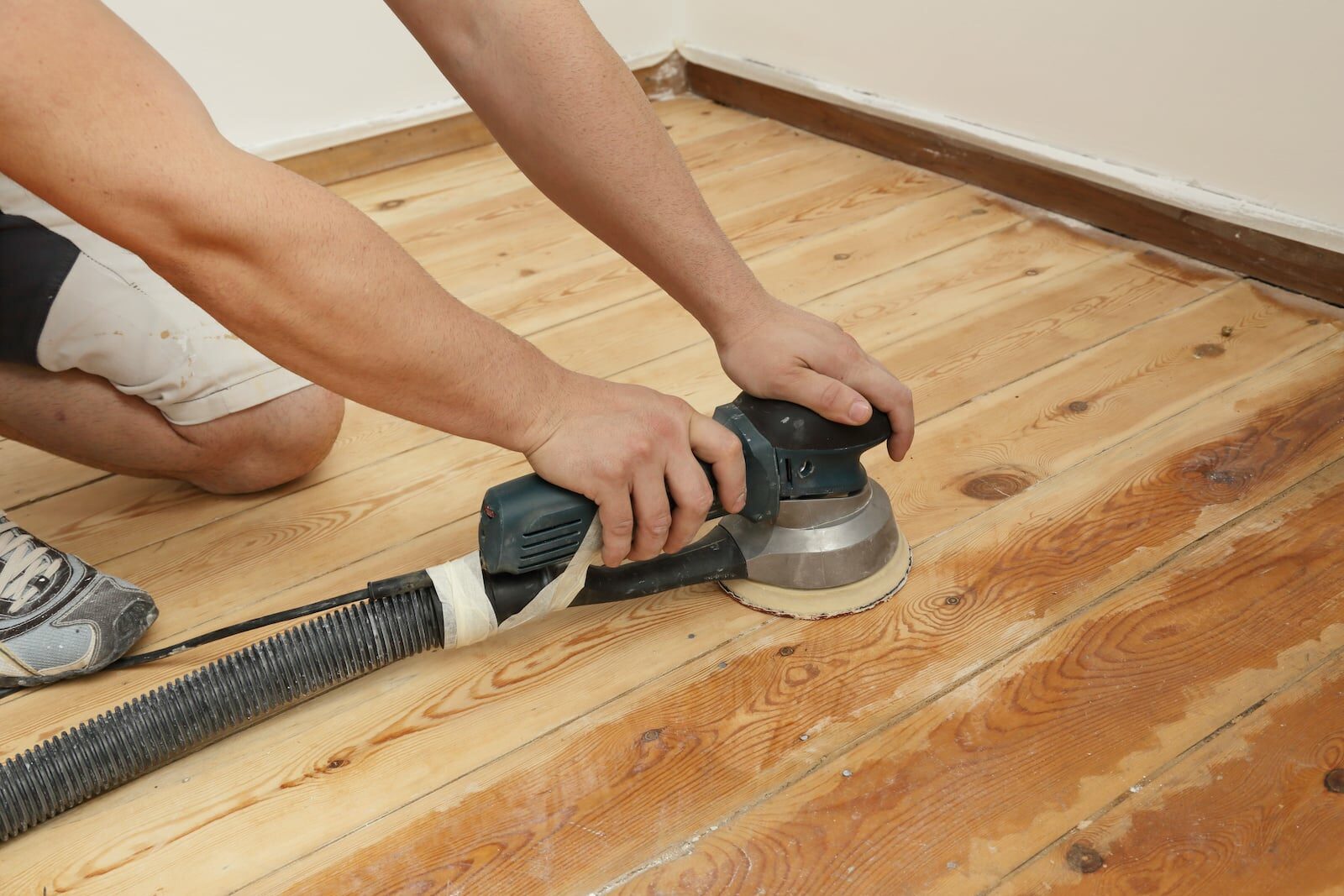
-
Cleaning and inspection
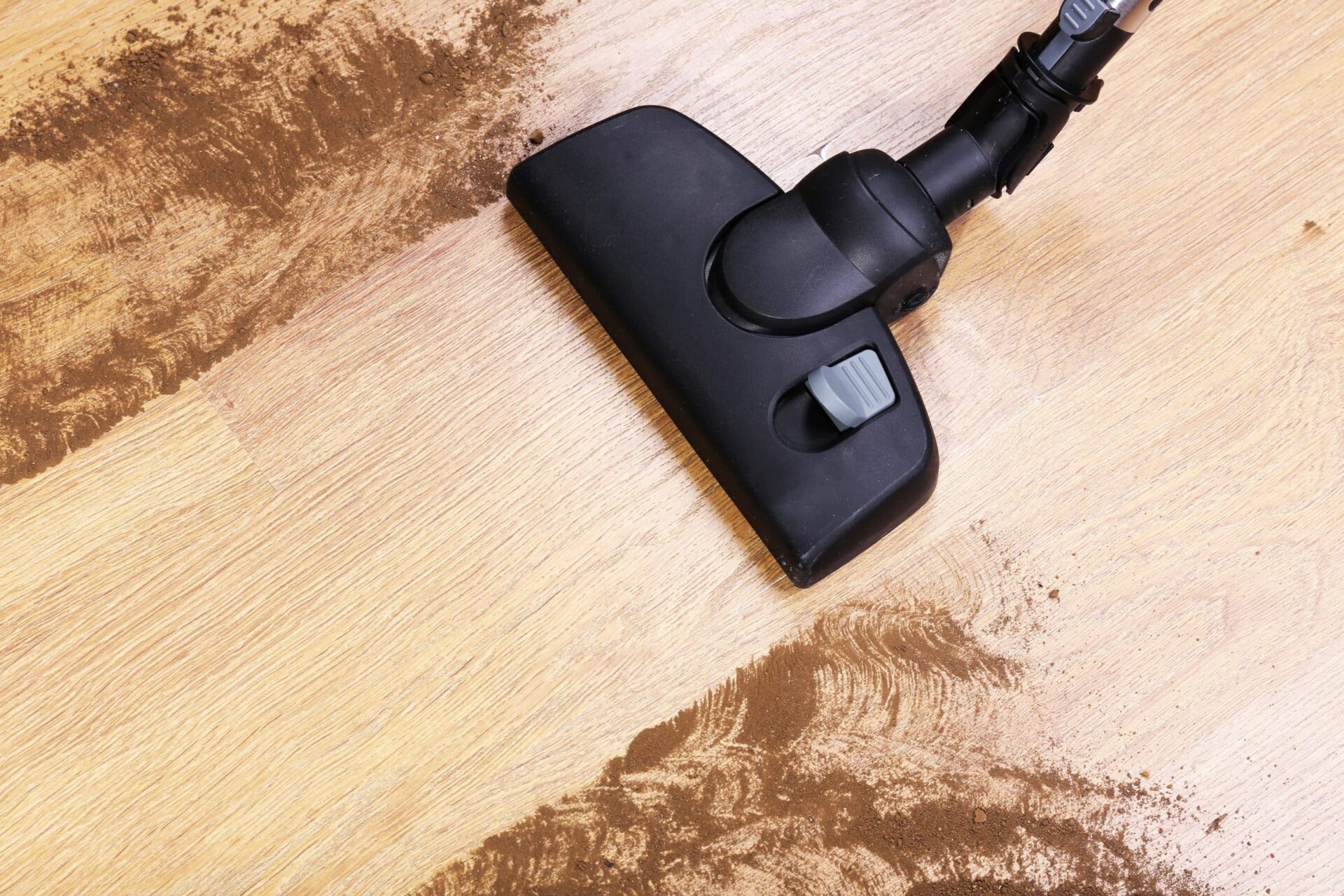
-
Final Preparation
-
Applying the finish
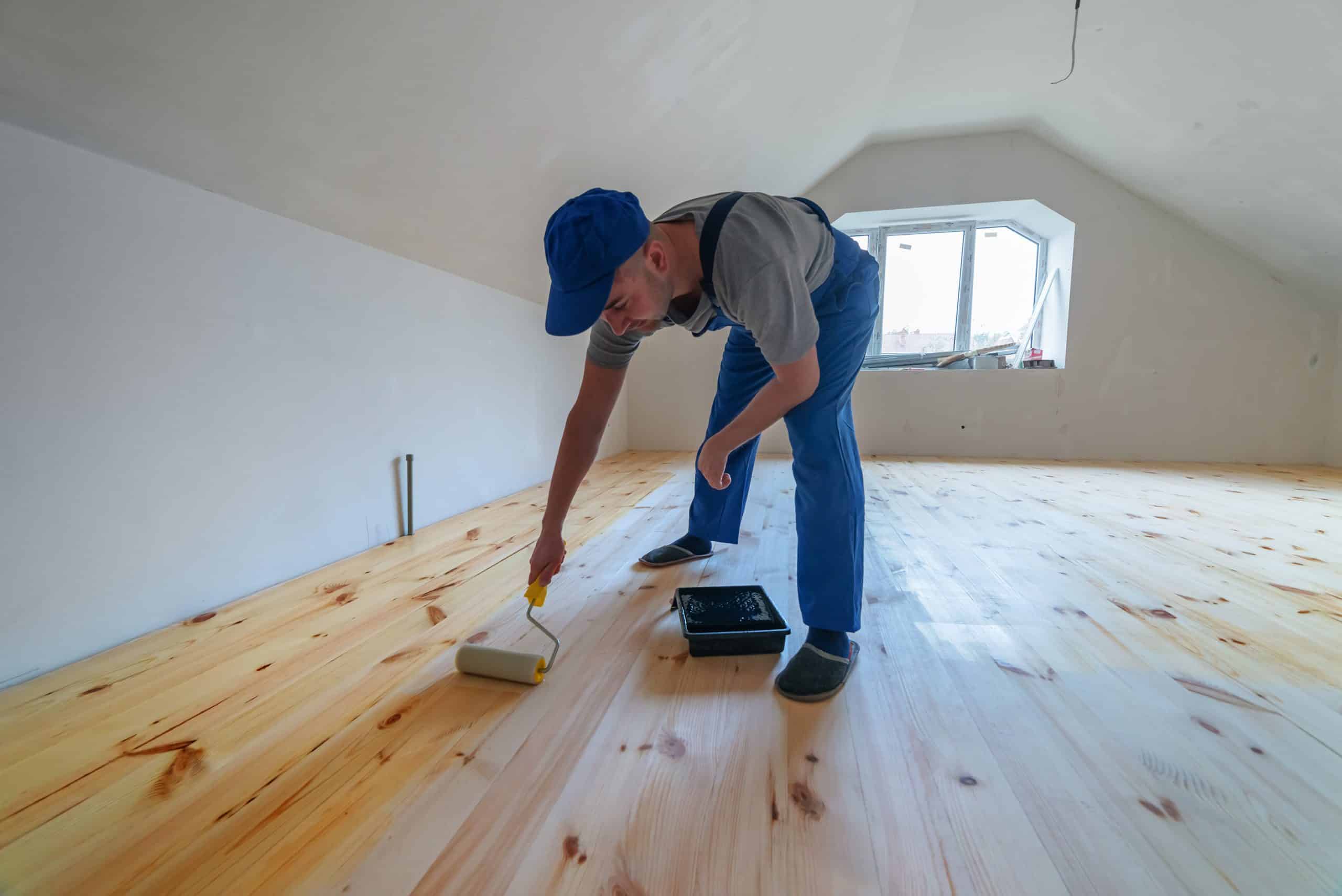
Final Thoughts
Sanding wood floorboards is a labour-intensive but rewarding process that can breathe new life into your wooden floors. By following the steps outlined in this blog post, you can achieve professional results and enjoy the satisfaction of a beautifully refinished wooden floor. In summary, the key steps in sanding wood floorboards are:- Assess the condition of the floor.
- Gather the necessary tools and materials.
- Prepare the room.
- Repair the floor.
- Begin sanding
- Edge sanding
- Repeat sanding with finer grits.
- Hand sanding
- Cleaning and inspection
- Final preparation
- Applying the finish
Some Useful Links:
More from our Blog:
10 Great Reasons for Choosing Wood Floor Sanding Companies | The Ultimate Guide 2023 Hardwood Flooring Trends: Unveiling the Latest Styles Sanding Wooden Floors – Increase the Value of Your Home
Sanding
We provide virtually dust-free sanding with our continuous belt machinery with mobile extraction units, giving you a safer environment for your family.
Oiling
This organic finish not only adds beauty to your home but also has exceptional water-repellent characteristics, making it easier to clean and maintain.
Waxing
This natural floor finish offers the softest and most mellow appearance – and leaves your floor able to breath.
Buffing
Using soft buffing machines (and hand-polishing where required) will bring a wonderful sheen to your newly-finished floor.
Repairs
We offer a full assessment of your wooden floors to determine what repairs are needed to provide the perfect working surface for the later stages of sanding, staining and sealing.
Restoration
We offer a comprehensive restoration process designed to address floors that are improperly fitted or damaged over time through wear and tear.
Request a fixed price quote for your wood floor restoration now
Simply enter your postcode below to get started.
Services
Wood Floor Sanding Wood Floor Restoration Wood Floor Scratch Repair Squeaky Wood Floor Repair Parquet Floor Sanding Parquet Floor Restoration Commercial Floor Sanding Church Floor Sanding Community Centre Floor Sanding School Floor Sanding Gap Filling Gap Filling with ResinCopyright © Mr Sander®
Privacy & Cookies Terms & Conditions Complaints Procedure Cancellation Rights Sitemap